High Quality Valves Built To Last...

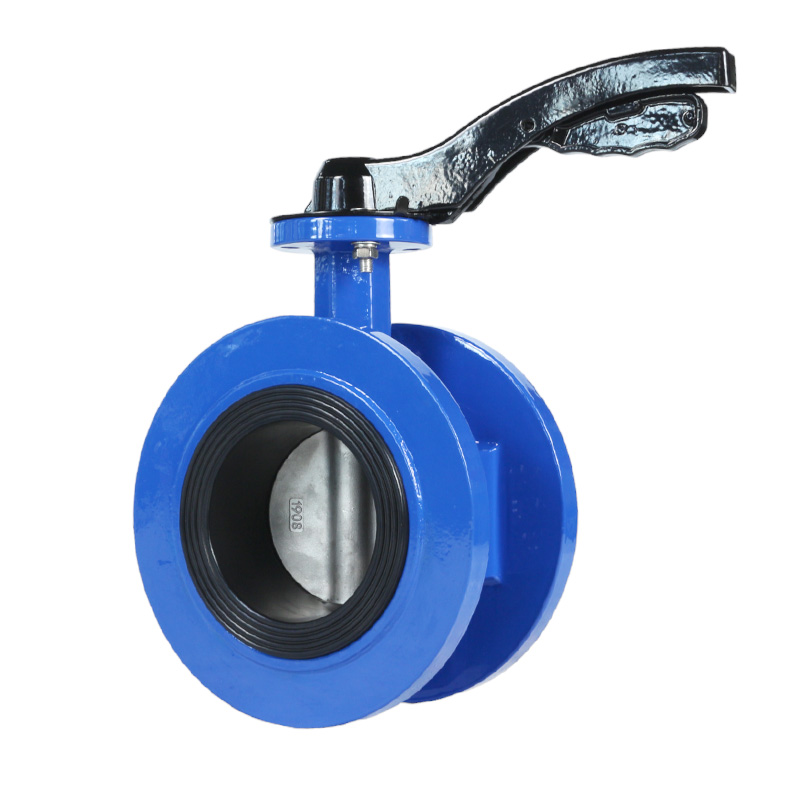
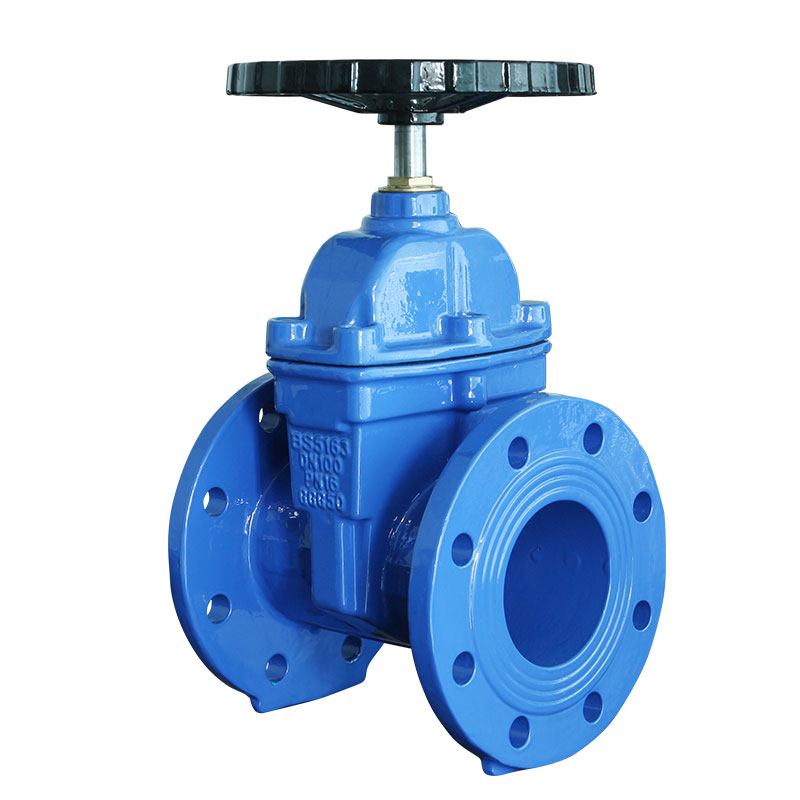


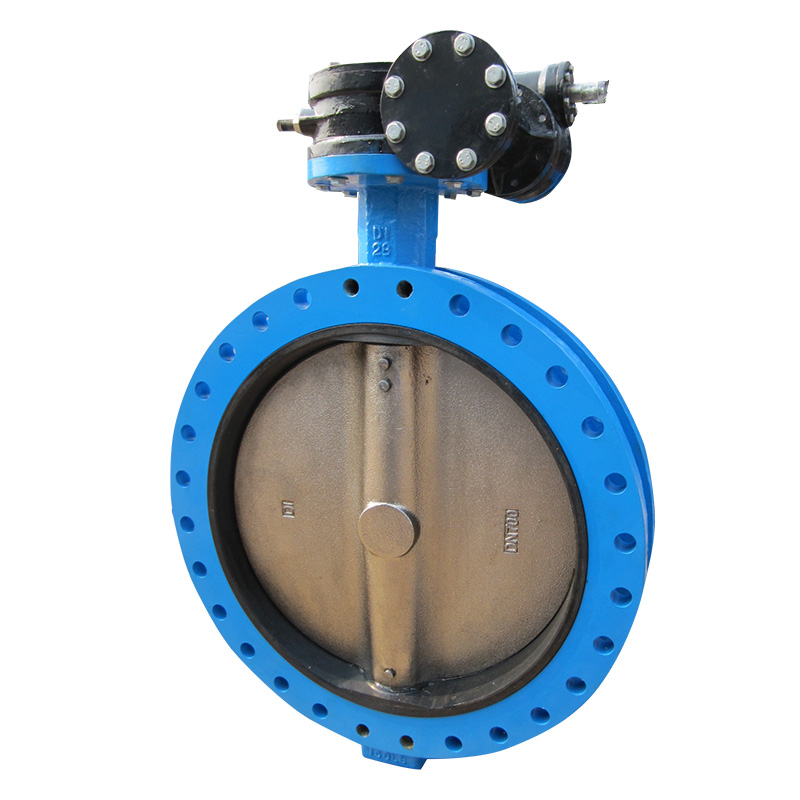


Products
Butterfly Valves: A Complete Guide to Types, Operation, Selection and Maintenance
Author:Hong | UpDate:2023-09-11 | clicks:
1.What is a Butterfly Valve
A butterfly valve is a type of flow control device that regulates fluid flow in a piping system. It consists of a metal circular disc or vane with its pivot axes at right angles to the direction of flow in the pipe. The vane is rotated to control flow through the valve. Butterfly valves are quick opening valves that require only a 90 degree rotation to move from fully closed to fully open. Compared to other valve designs, butterfly valves are simple, compact, lightweight, and cost-effective.

2.How Butterfly Valves Work
A butterfly valve works by using the rotating disc or vane to block or allow fluid flow. In the open position, the disc is rotated parallel to the flow, allowing unrestricted fluid flow through the valve. When the valve is closed, the vane is rotated 90 degrees so that it completely blocks off the passageway, stopping flow. An actuator device such as a handle, lever, pneumatic piston, or electric motor is connected to the pivot axes to control the rotation of the disc. The disc is typically sealed around its perimeter to prevent leakage. Butterfly valves are best suited for applications requiring quick, frequent on/off operation rather than throttling flow control.
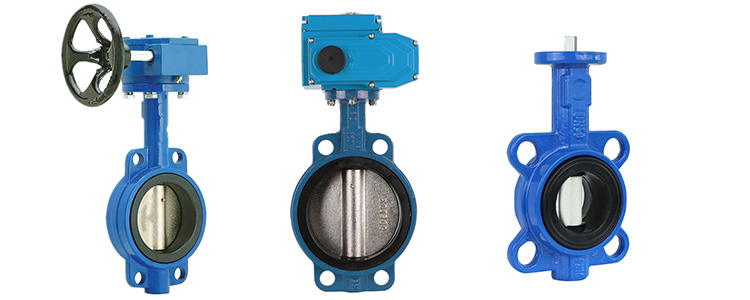
3.Butterfly Valves vs Other Valve Types
Compared to ball valves, butterfly valves offer lower cost and weight, plus faster opening operation. However, they typically don't provide as tight of shutoff as ball valves. Versus globe valves, butterfly valves have higher flow capacity and cause lower pressure drop, but globe valves allow for more precise flow regulation. Butterfly valves are easier to maintain and more compact than gate valves. They are lighter weight than plug valves but can't provide as complete shutoff. For applications needing quick open/close operation for large flows, butterfly valves are often the optimal choice.
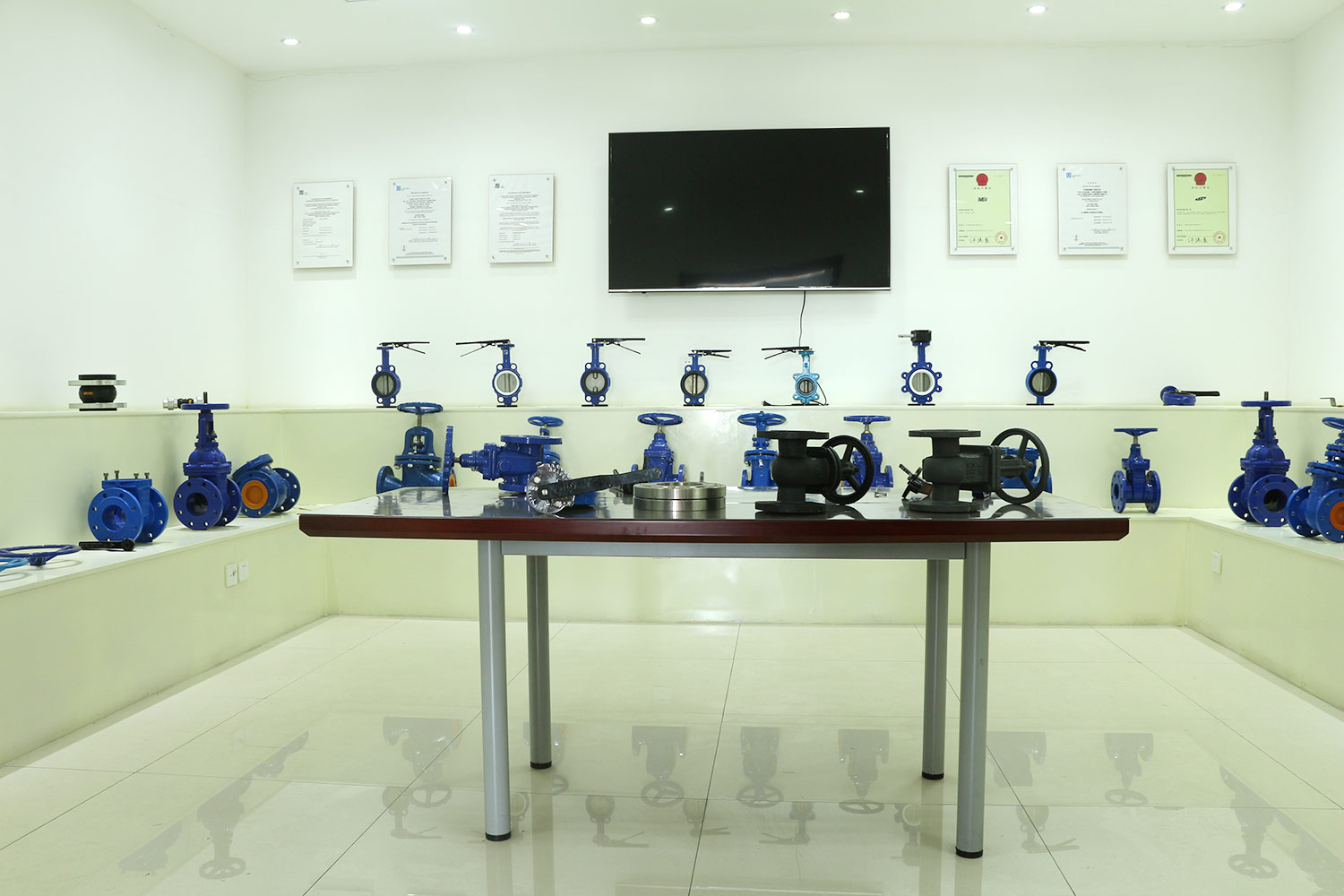
4.Butterfly Valve Selection Considerations
When selecting a butterfly valve, considerations include size, materials, pressure rating, operating temperature range, flow control needs, and installation requirements. Popular butterfly valve sizes include 4 inch butterfly valve, 6 inch butterfly valve, 8 inch butterfly valve, and 10 inch butterfly valve. Common body materials include cast iron, carbon steel, stainless steel, aluminum, and plastic. Pressure ratings vary from low to high based on needs. Control valves have throttling handles while on/off valves use quick-open levers or actuators. Wafer, lug, and flanged ends are available. Consult manufacturers to choose the optimal butterfly valve design for your application.

5.Butterfly Valve Installation and Maintenance
Butterfly valves should be installed in the proper orientation, with the vane shaft horizontal to allow the disc to swing vertically. Ensure adequate space for the vane to fully open without obstruction. Routine maintenance involves lubricating the pivot bushings and packings, checking for leaks, and replacing worn parts. A visual inspection of the valve interior for corrosion buildup should also be done periodically. Following the manufacturer's instructions for installation, operation, and maintenance will maximize butterfly valve performance and service life.
conclude
Butterfly valves are a versatile, high-performance flow control solution that offers fast opening speeds and low cost compared to other valve designs. By understanding the inner workings of butterfly valves, performance, sizing considerations, and proper installation and maintenance procedures, engineers can select the best model for the application. Use the tips in this guide to maximise the performance and service life of butterfly valves in piping systems. For more assistance in selecting butterfly valves, contact us for quality products backed by technical support and documentation.
Previous:IMGV VALVE Expands Quality Con




